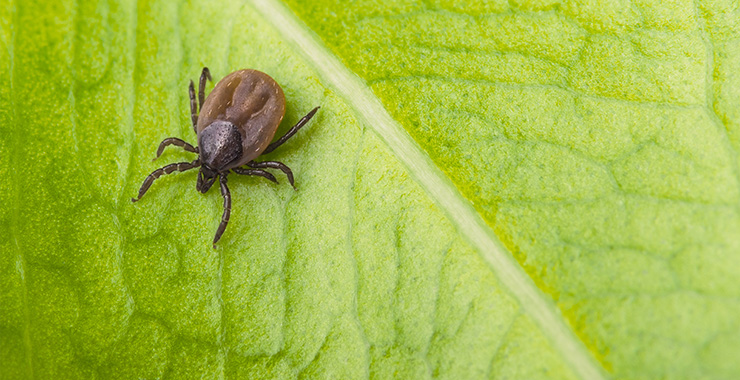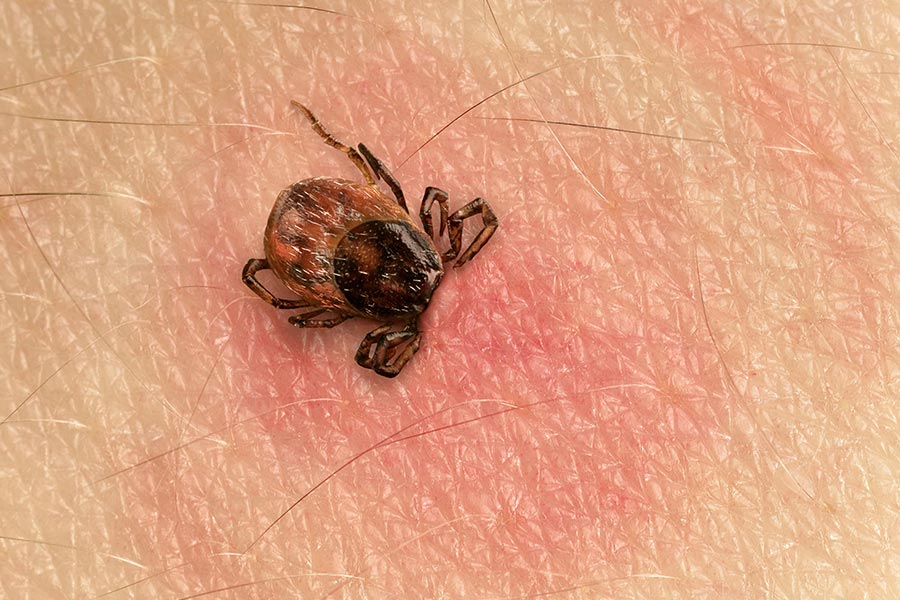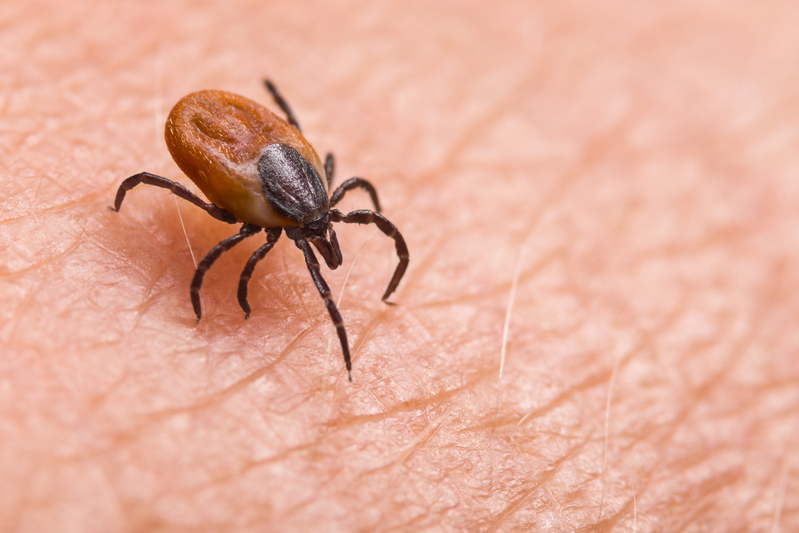Geographical Hotspots
Where Lyme Disease Is Most Prevalent


There is a global public health concern associated with Lyme disease which is primarily caused by a bite from a tick. Being able to pinpoint where this illness is widespread is essential for the purposes of control and prevention. This article looks into the areas where Lyme disease is most common, its spread, and what measures can be taken to reduce the risks in endemic areas.
Which countries in the US are prone to Lyme disease the most?
Lyme disease in the USA with the highest rates have been recorded in Northeastern states including Pennsylvania, New York, and Connecticut. The other regions that come second include Midwest regions such as Wisconsin and Minnesota.
Domestication of legged ticks is rampant in these regions, which also carry Lyme disease. The people living in such areas can get exposed to Lyme disease because of the existence of these ticks. There are, however, control programs being put into place in order for the Lyme disease cases to reduce.
Where in Europe do most of the cases of Lyme disease exist?
Central and Eastern Europe, alongside Germany, Poland and Austria report a significant amount of Lyme disease in the rural and forested regions due to high population of ticks.
Ticks are abundant in temperate climate and forested areas in some of the rural regions. A lot of cases come from Sweden and Slovenia as well. Travelling to these endemic areas increases the risk of exposure to ticks. Health authorities recommend preventive measures such as protective clothing and tick checks after a walk in an outdoor area.
Why are certain areas more prone to Lyme disease than others?

Certain areas are more prone to Lyme disease due to factors such as high tick populations, temperate climates, and forested regions, which create best environments for ticks and their hosts, such as deer and rodents.
There are a wide range of factors that determine the severity of Lyme disease such as oak tree and rodent abundance, host and deer population density, number of immune protected individuals, deer tick survival and humidity levels. Additionally, locational factors such as the presence of mesic-forest or grassland greatly aids in the spread of the disease as well.
Over the years, human activities in areas prone to Lyme disease have gone undefended which adds to the multitude of factors determining the severity of the disease, and climate change is one among them.
Are urban areas becoming hotspots for Lyme disease?
Urban areas become hotspots for Lyme disease as green spaces and suburban developments increase human-tick interactions, especially in cities bordering endemic areas.
The residual areas near the regions where Lyme disease is endemic are experiencing an increase in the number of Lyme disease occurrences. The construction of more green zones, building of suburbs and nourishment of urban parks has increased the interaction of ticks and humans.
Many ticks are also carried into cities by pets and wildlife that migrate between rural and urban areas. Urban residents are the focus of active educational campaigns about the prevention of tick bites, as this disease is actively spreading to bigger cities.
How does climate change affect Lyme disease distribution?
Climate change expands tick habitats into new regions by lengthening warm seasons and creating conditions for higher tick survival and reproduction.
Lyme disease risks are on the rise as a result of global warming and climate change as they are allowed to endure much warmer winters and are given longer summers which results in a broader and higher amount of breeding during those ideal conditions.
With global shifting the disease has also spread to northern areas, both in high altitude and latitude which were previously untouched by it. Public health systems are catching up and adapting to the many emerging risks that come along with this global change.
What role do deer populations play in Lyme disease hotspots?

Deer are very important in the life cycle of the ticks as they increase the local tick populations. Which in turn increases the potential for the disease to spread within their respective locations.
Deer are essential to the transmission cycle of Lyme disease since they act as primary hosts to adult black-legged ticks which facilitates reproduction. In the forested and suburban areas where the deer population is high, there is an increase in tick density which subsequently increases the risk of getting infected with Lyme disease.
In certain areas, permission is however given to thin out the deer population to reduce the chances of contracting Lyme disease and such action would be considered as part of a wildlife management strategy to prevent the transmission of Lyme disease, the success of such approaches is however varied.
How can travelers protect themselves in Lyme-endemic regions?
Travelers should wear protective clothing, use tick repellents, and conduct thorough tick checks after outdoor activities in Lyme-endemic regions.
As a precaution against invasive Lyme disease in parameter regions, travelers are advised to cover themselves. One should wear long sleeves and pants which inevitably leads to tucking socks into pants or utilizing insect repellents that contain DEET or permethrin.
In addition, long exposure to an outdoor environment should be followed by a whole body check for ticks. Ticks that are unattached can typically be dislodged with a shower shortly after outdoor activity. Additionally, knowing the Lyme disease hotspots of the area as well as correct tick-removal techniques can further mitigate the risk.
What precautions are most effective in preventing Lyme disease?
Effective precautions include wearing protective clothing, applying tick repellents, avoiding tick-heavy areas, and checking for ticks after outdoor exposure.
Wearing light colored clothes that cover the body helps in being deterred from sexually active ticks as does using approved repellents. Similarly one should make an effort to evade grubby and grassy regions where ticks usually live. After doing outdoor activities, pets and one’s body should be checked thoroughly for ticks, and any found should be removed at the earliest to avoid infections.
Keeping lawns and residential areas neat and clean by cutting grass and preventing flooding in or anticipation of tick bearing areas are other broad techniques of prevention too.
Conclusion
Due to some circumstances, Lyme disease has emerged in key areas and continues to emerge necessitating containment. Prevention and understanding of exposure can adequately reduce the risks associated. Awareness and measures being taken are critical to help mitigate the impact of such disease.
